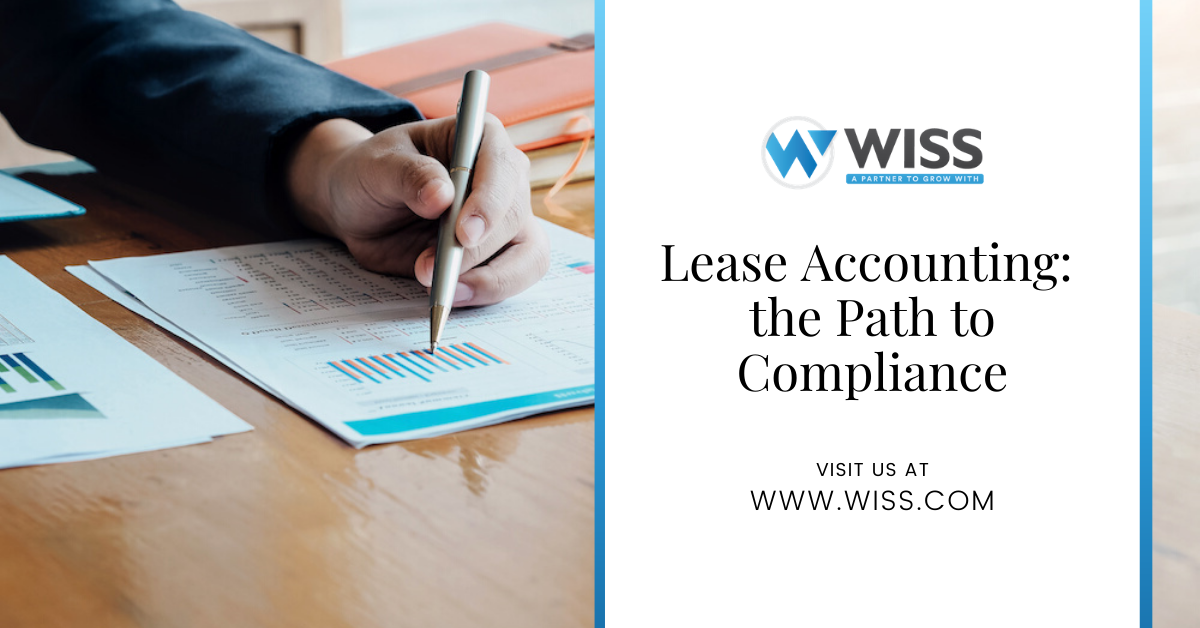by Dino Zicopoulos
The Financial Accounting Standards Board (FASB)’s Accounting Standards Update (ASU) 2016-02 (Topic 842, Leases), issued in 2016, brought changes to the way companies account for leases on their balance sheets. Recently, however, the implementation of this standard was deferred for private companies by one year and is now effective for private companies with fiscal years beginning December 15, 2020—effectively for companies with calendar years ending December 31, 2021. While the deferral means private companies and nonprofit entities that have not issued bonds have more time to prepare for the standard’s eventual implementation, businesses would be wise to get on the path to compliance as soon as possible, given the extra work, resources, and time the changes will require.
To begin, make sure your accounting team is educated on the new standard and its implications across your organization. The following sections will cover other key preparations to make in advance of the changes.
Identify Your Lease Population
The new standard, which applies to both lessees and lessors, will significantly alter your balance sheet. Therefore, it’s important to understand the new definition of a lease as well as identify your known lease population. The new standard defines a lease as “a contract, or part of a contract, that conveys the right to control the use of identified property, plant, or equipment (an identified asset) for a period of time in exchange for consideration.” This means there must be an identifiable asset that the lessee both directs the use of, and obtains benefit from the use of, throughout the term.
As you review your contracts and other agreements, be on the lookout for previously unknown leases, such as embedded or in-substance leases. Then compile a listing of your total lease population, including lease payments, term, options to renew or cancel, and initial direct costs. What you want is a well-documented and complete record of your lease population that you can share with your auditor.
Determine Policy Elections and Practical Expedients
Once you’ve identified your full lease population and chosen a transition method, it’s time to determine your policy elections and practical expedients. To reduce the cost of adopting the new standard, the FASB has provided several practical expedients. If you choose to apply these practical expedients, they must be applied to all leases, regardless of whether your company is the lessee or the lessor.
After you make your determinations, draft a lease accounting policy white paper outlining your policy elections and practical expedients, and how they impact your financials. We can help your company draft such a policy.
Prepare for Implementation
If your assessment shows that lease accounting software will be necessary for your implementation of the new standard, please let us know. Our easy-to-use platform will save you time and money and will help you with the necessary disclosures.
If you need assistance in determining your level or preparing new disclosures, please let us know so we can help. If you are currently our client, please ask your engagement team how our leasing team can assist you in the implementation of the new leasing standard.

 Previous
Previous






